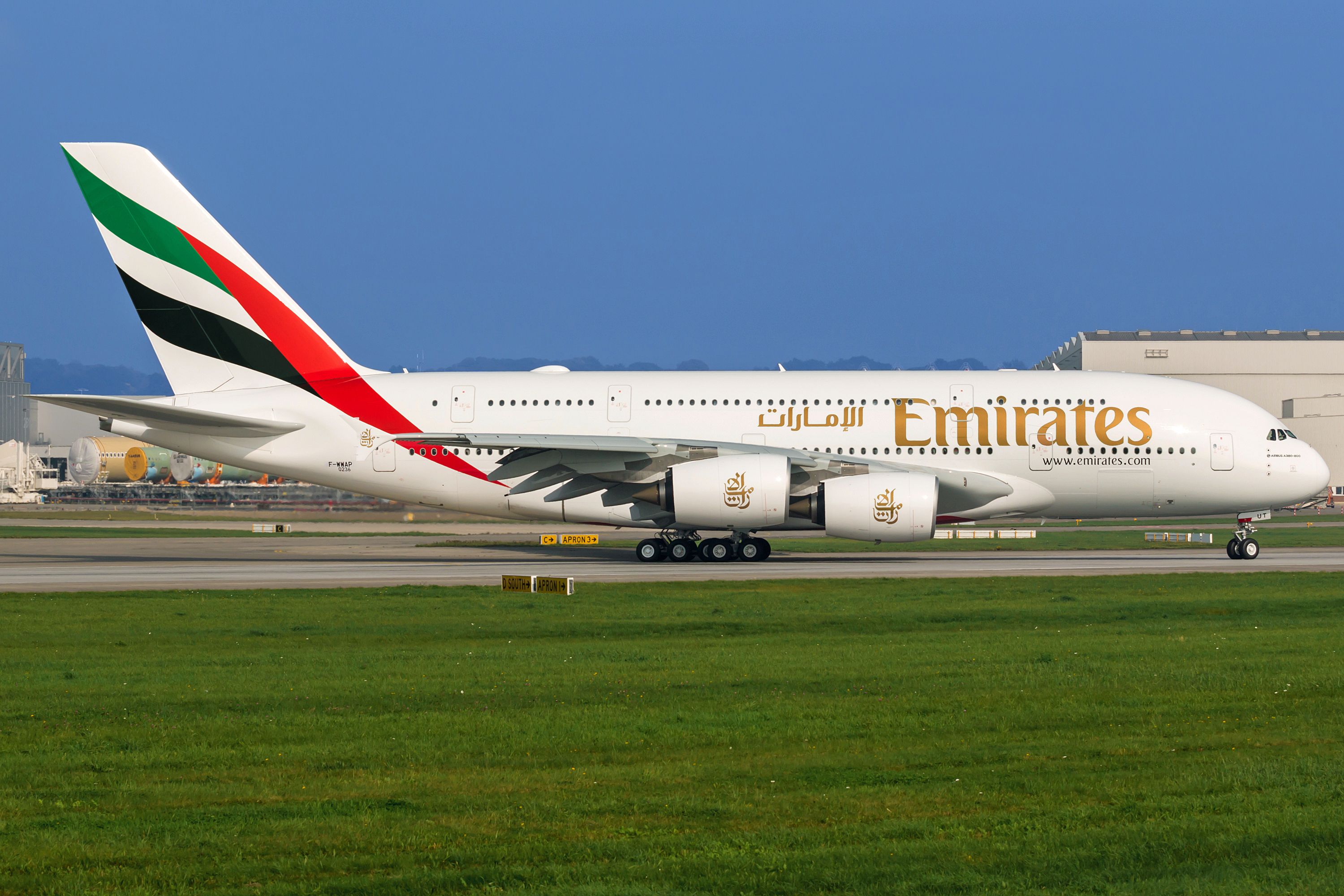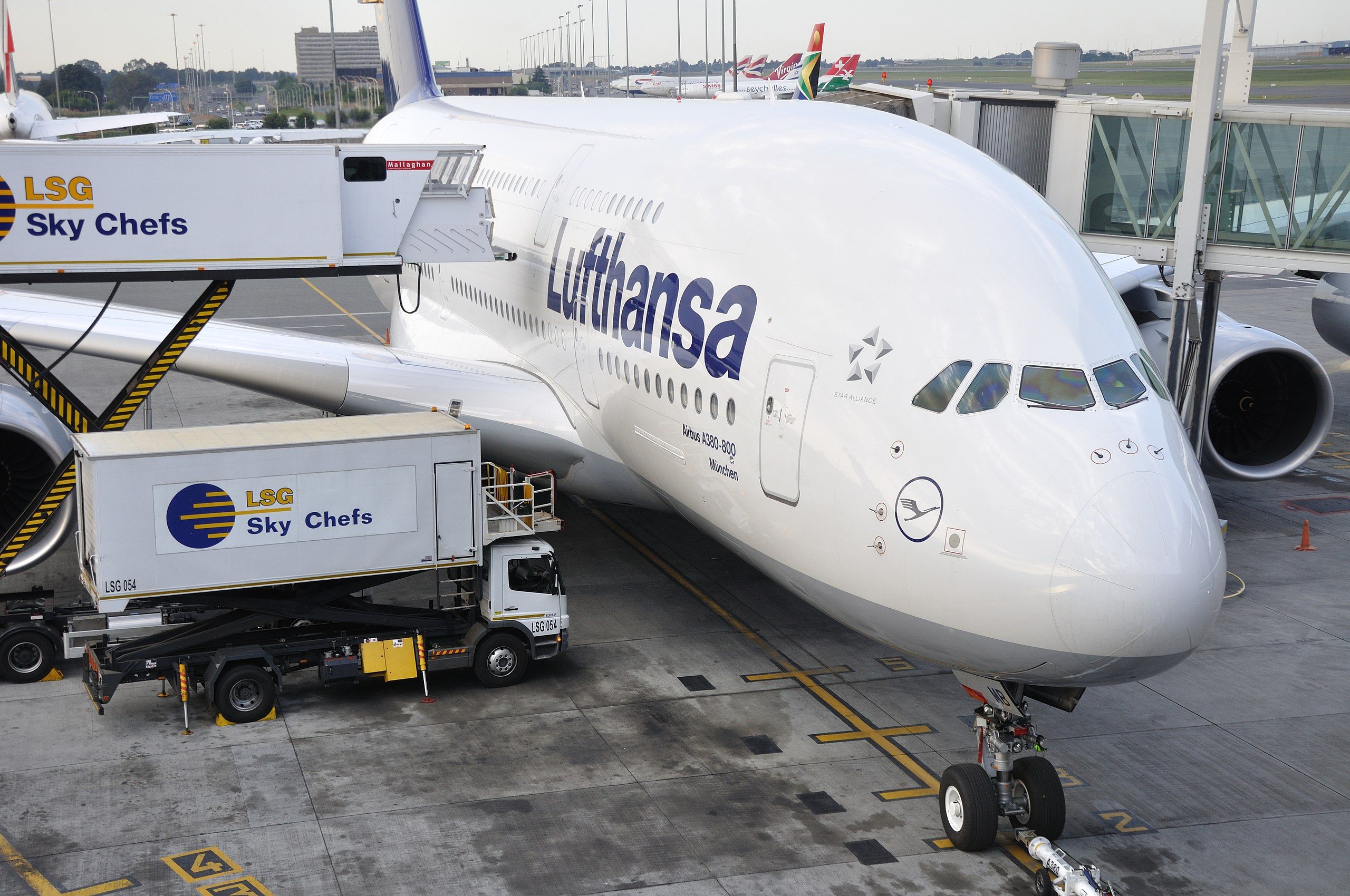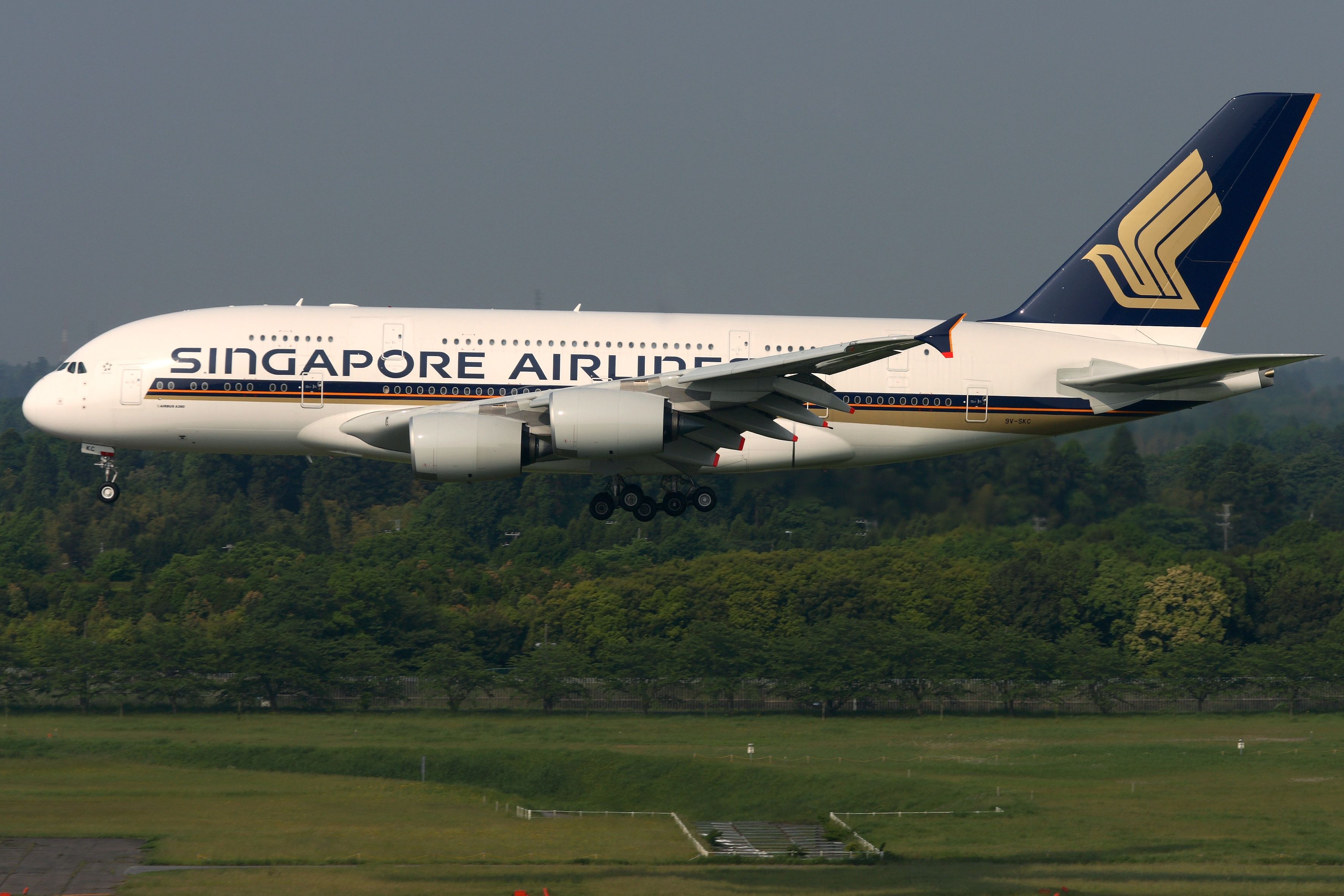Because of its massive size, long wingspan, and passenger capacity, the Airbus A380 cannot fly in and out of many of the world's airports. Those it can fly to tend to be significant international hubs that handle millions of passengers annually.
In the late 1980s, Airbus decided that it wanted to compete with the Boeing 747 and set about designing a plane that could carry more the 500 passengers. The result was the double-deck 575-passenger Airbus A380. At the time, Airbus saw the A380 as an aircraft to link large international hubs with each other.
Airports needed to make many changes to accommodate the Airbus A380
Which airports could accommodate the A380 was another question that needed resolving. Roughly 30% larger than a Boeing 747-400 and with a wingspan nearly the length of a football pitch, airports must spend millions of dollars to accommodate the superjumbo.
Runways and taxiways needed to be strengthened to handle the additional weight. Additional space would need to be created at gates, and some taxiways moved, so the plane's wings would not hit other aircraft, buildings, or obstacles.
Airport signage and lights also needed to be moved to prevent jet blast damage. Double-decker jet bridges needed to be built, and passenger boarding areas were enlarged to handle more people. Additional ground support vehicles and baggage handling beefed up would be necessary to cope with the extra luggage. Also, with 500-plus passengers on the same flight, more check-in desks and security and customs officers would be needed to prevent long lines and waiting times.
For an airport to be able to handle an Airbus A380, it would have to action the following:
- Widen, strengthen, and in some cases, lengthen runways
- Strengthen, widen, and in some cases, move taxiways
- Move taxiway and runway signs and lighting
- Widen gates
- Build and install double-deck jet bridges
- Add additional ground vehicles
- Add additional baggage capacity
- Increase the size of passenger boarding areas
- Open more check-in desks
- Increase the number of security and customs officers
As you can imagine, a lot of work and money went into making airports Airbus A380-friendly. Not every airport complied, leaving the following airports in the United States as being suitable for A380s:
- Anchorage International Airport (ANC)
- Atlanta Hartsfield International Airport (ATL)
- Boston Logan International Airport (BOS)
- Denver International Airport (DEN)
- Dallas/Ft. Worth International Airport (DFW)
- Honolulu International Airport (HNL)
- Washington Dulles International Airport (IAD)
- Houston Intercontinental Airport, Texas (IAH)
- John F. Kennedy International Airport (JFK)
- Los Angeles International Airport (LAX)
- Orlando International Airport (MCO)
- Memphis International Airport (MEM)
- Miami International Airport (MIA)
- Chicago O'Hare International Airport (ORD)
- Louisville International Airport, Kentucky (SDF)
- San Francisco International Airport (SFO)
Get the latest aviation news straight to your inbox: Sign up for our newsletters today.
At JED you used to board the A380 using portable stairs
For an aviation geek, one of the most exciting ways to fly on an A380 was the short 2-hour 50-minute flight from King Abdulaziz International Airport (JED) to Dubai International Airport (DXB) on Emirates. Before the new Terminal 1 opened, you had to board the plane using portable stairs as the airport did not have jet bridges.
Ten airlines still operate the Airbus A380
After being introduced by launch customer Singapore Airlines in 2007, the Airbus A380 soon became a passenger favorite on long-haul international flights.
When the COVID-19 pandemic arrived, many airlines canceled Airbus A380 flights, some even pulling the plug on the superjumbo altogether. In 2023 if you want to fly on an Airbus A380, you can do so with the following airlines:
- ANA
- Asiana Airlines
- British Airways
- Emirates
- Etihad Airways
- Korean Airlines
- Lufthansa
- Qantas
- Qatar Airways
- Singapore Airlines
What are your thoughts about the Airbus A380? Let us know what you think in the comment section.



